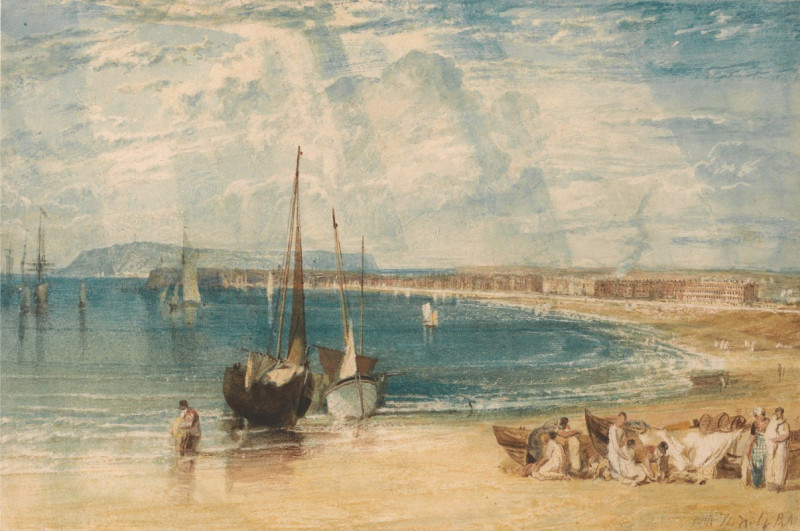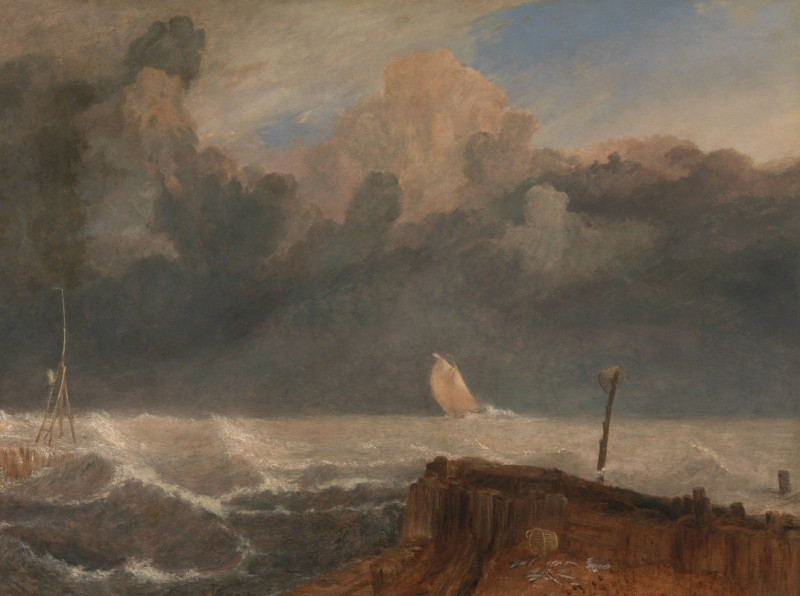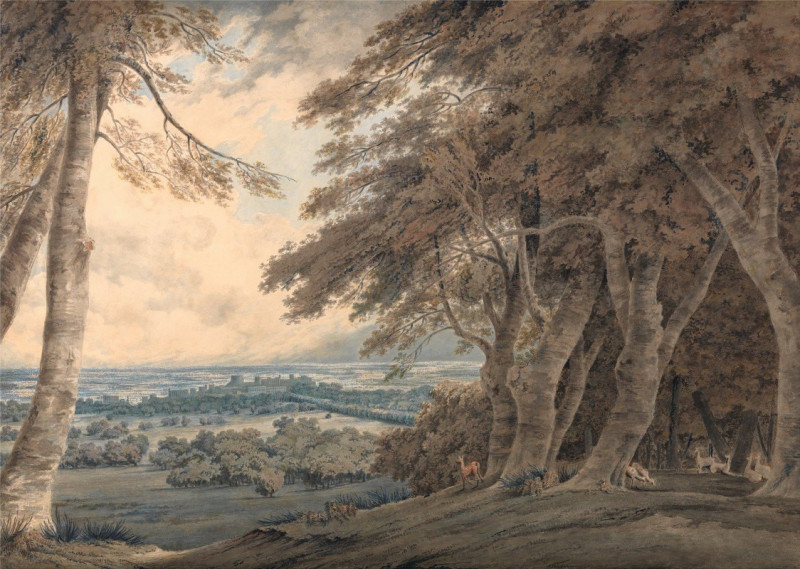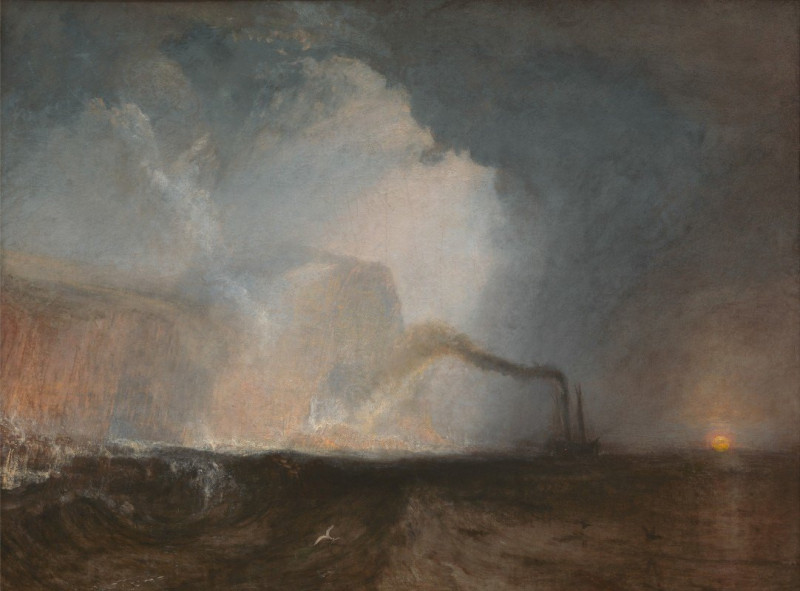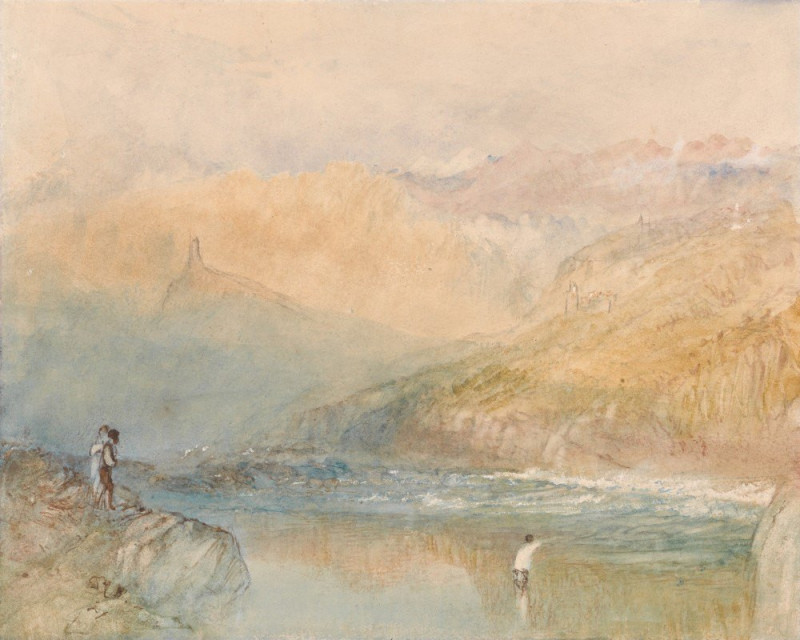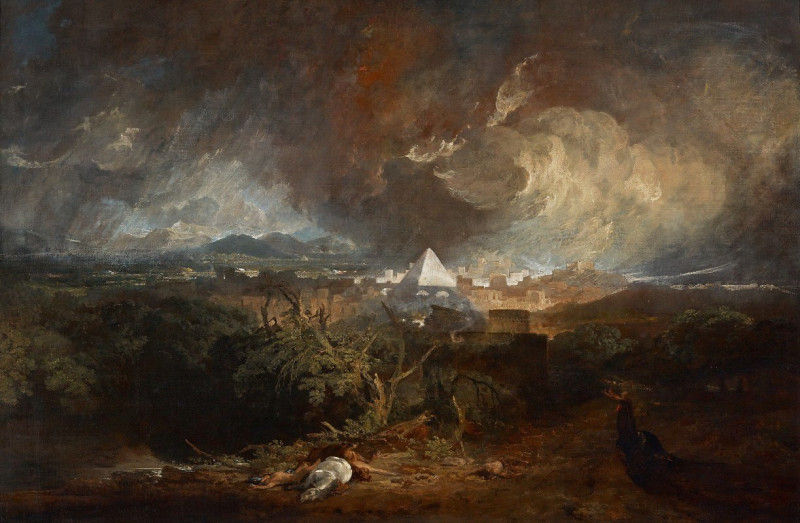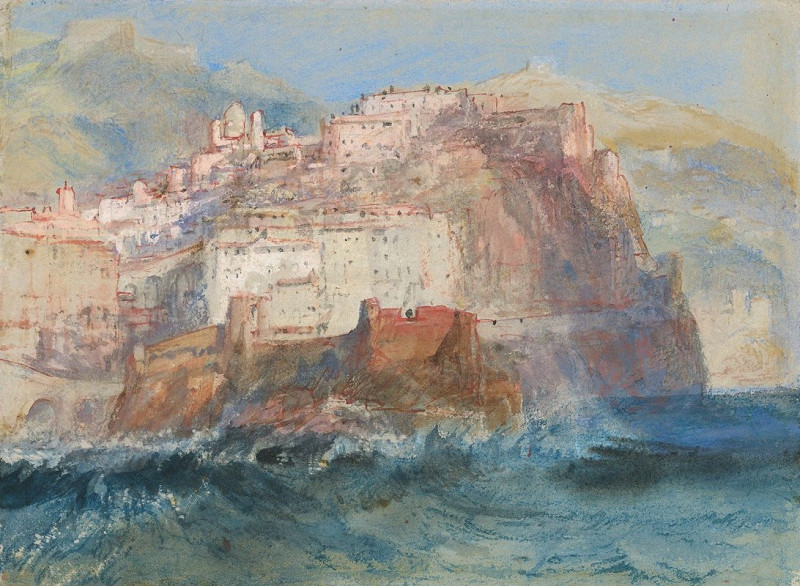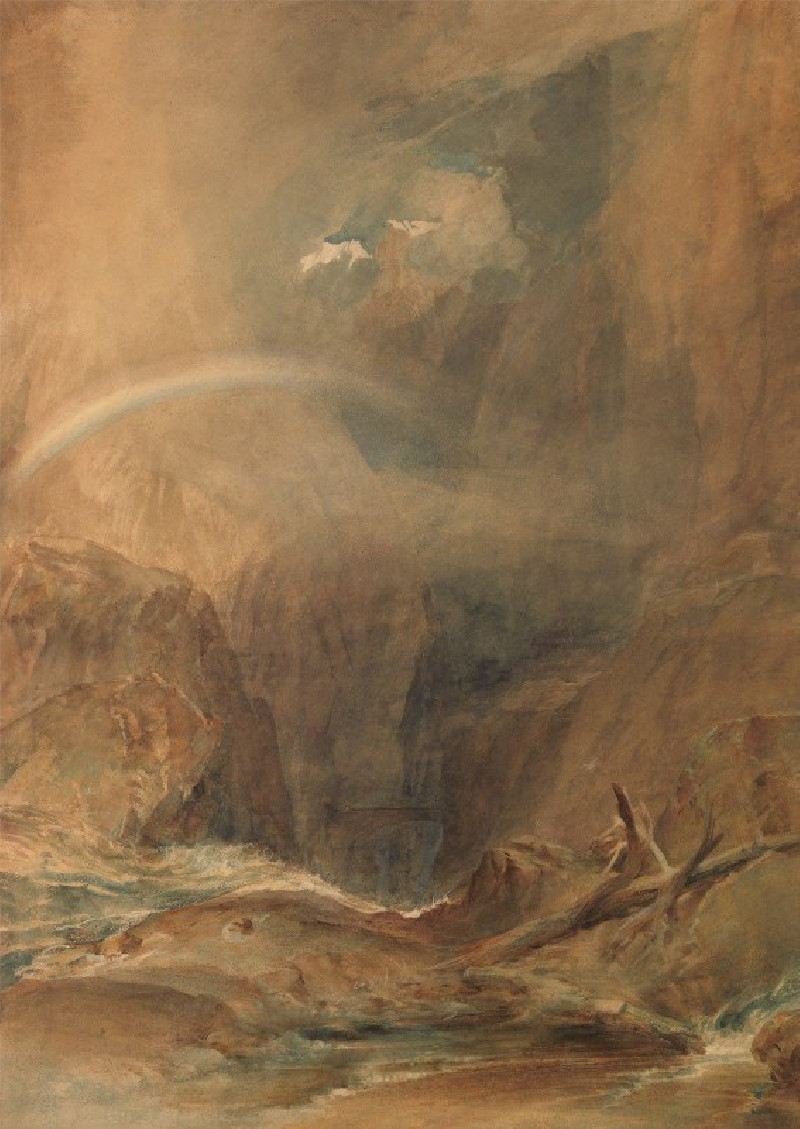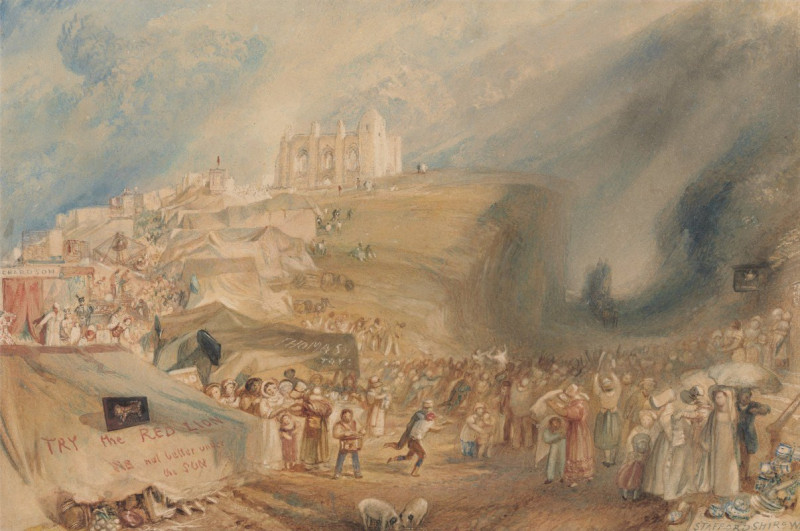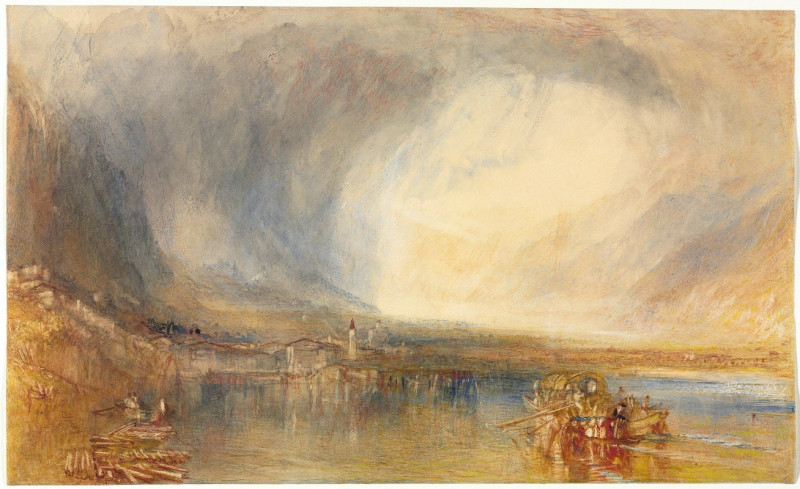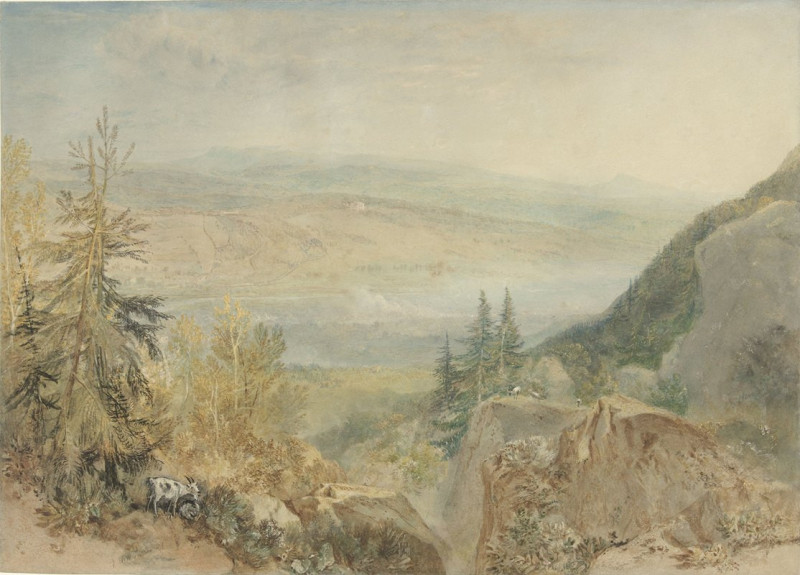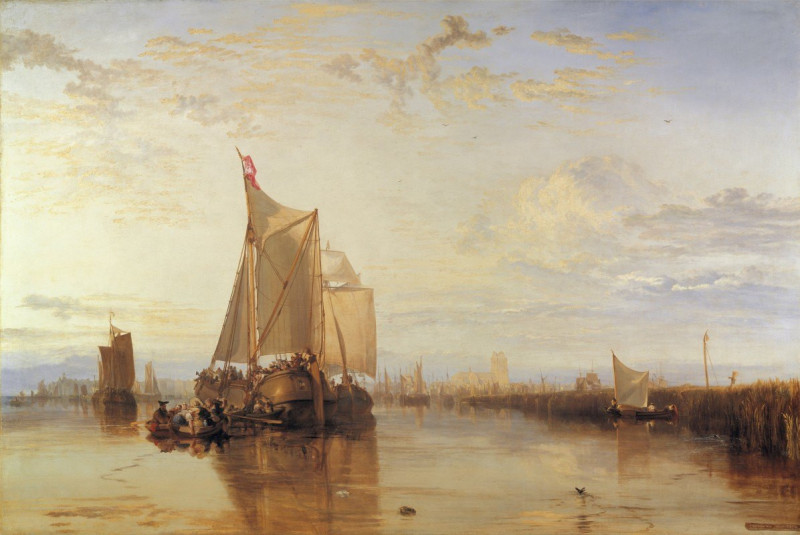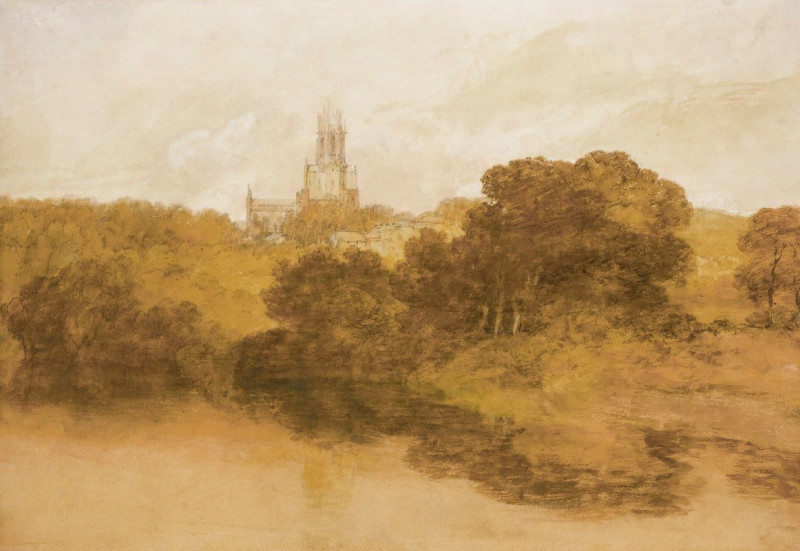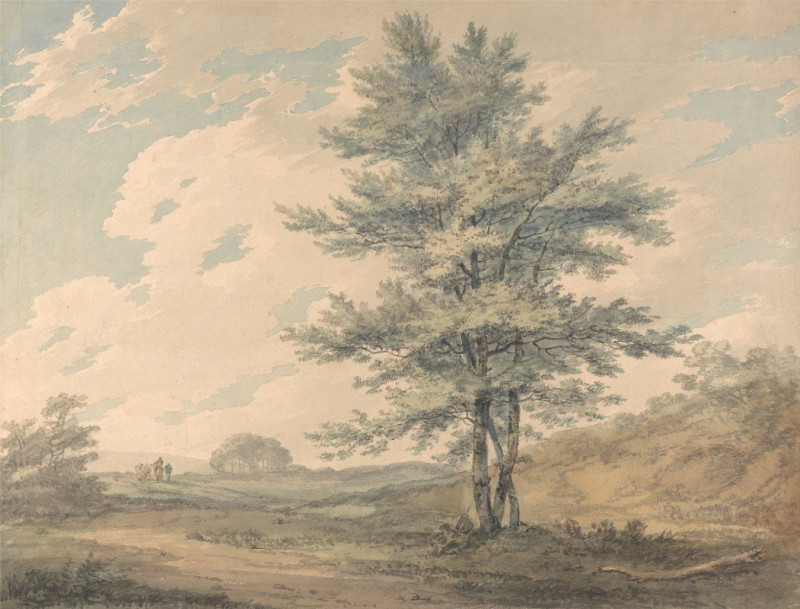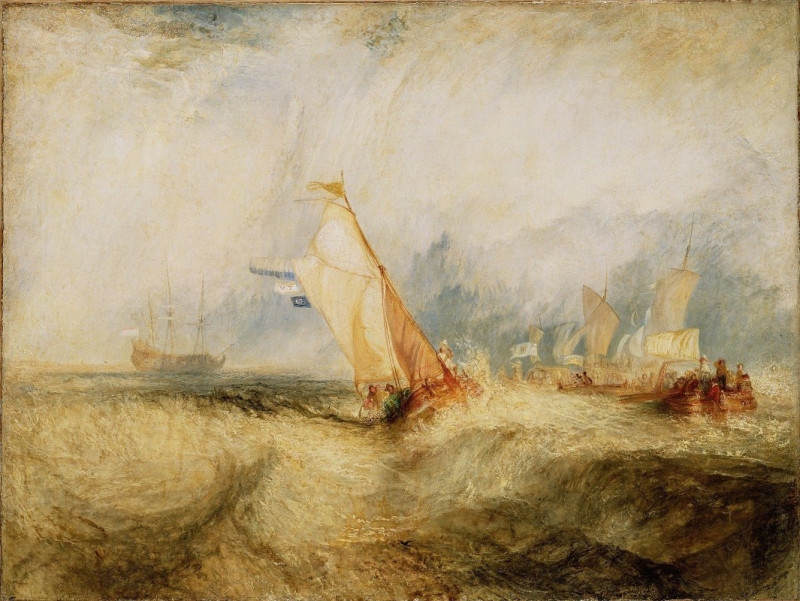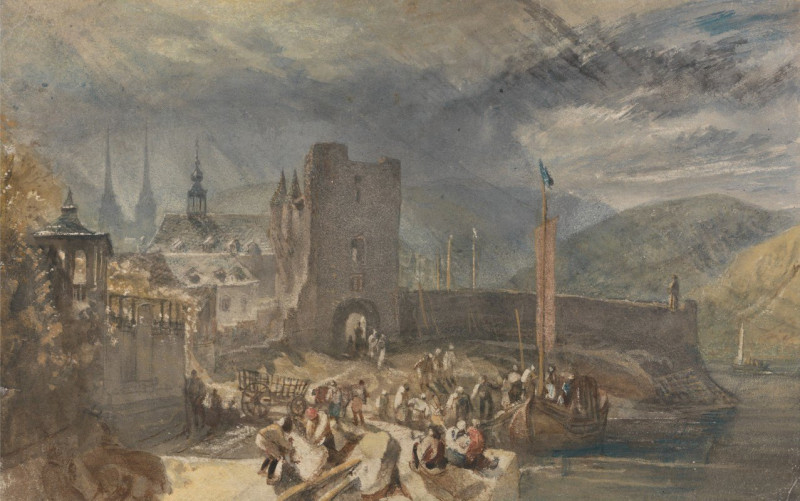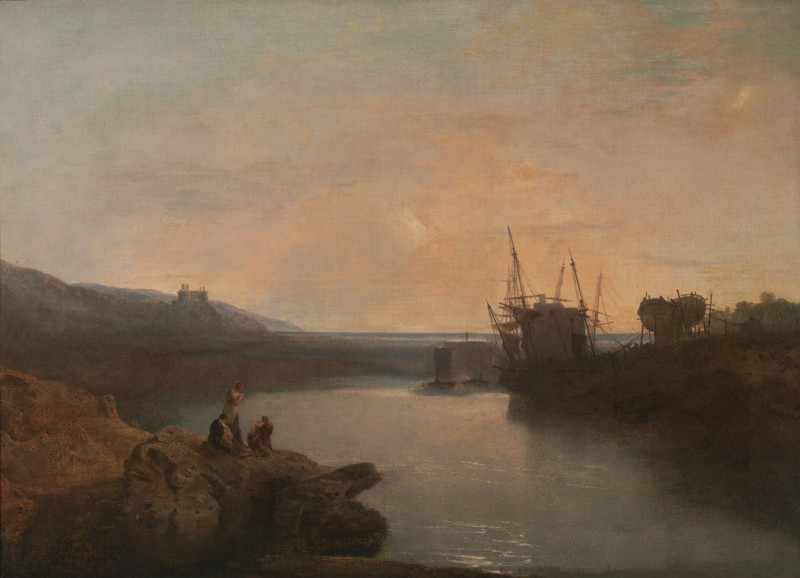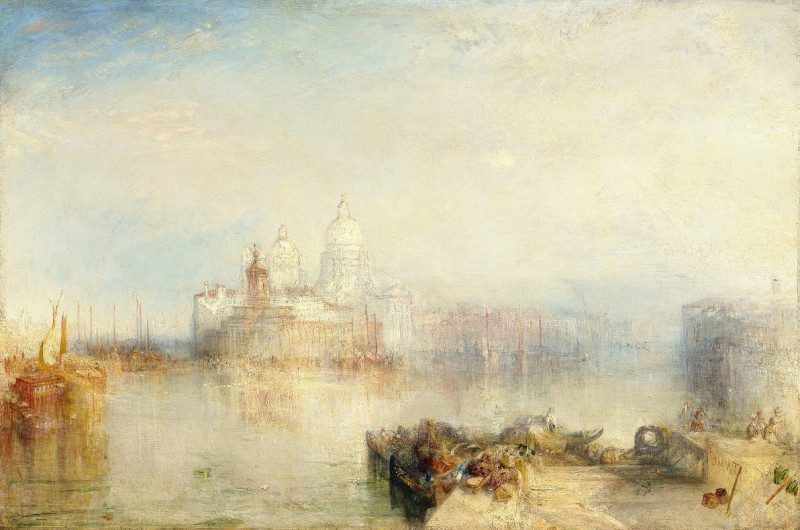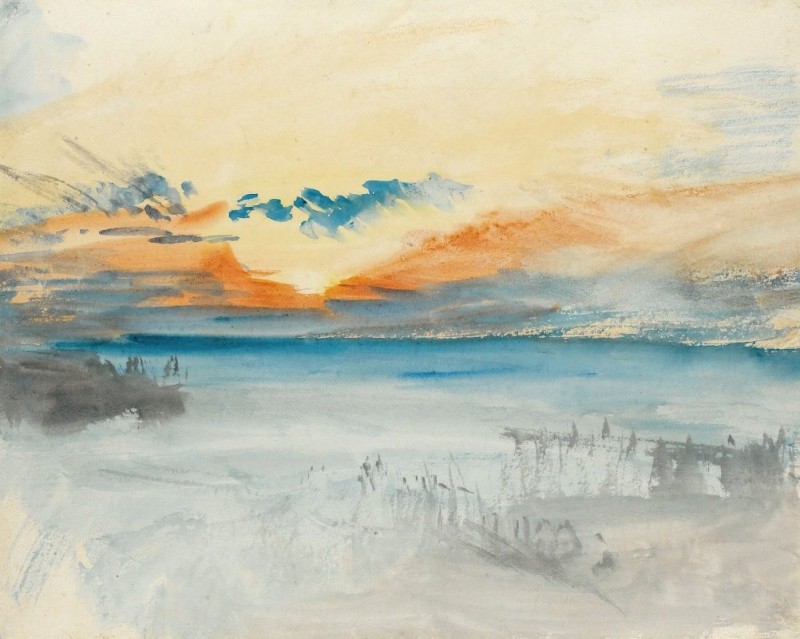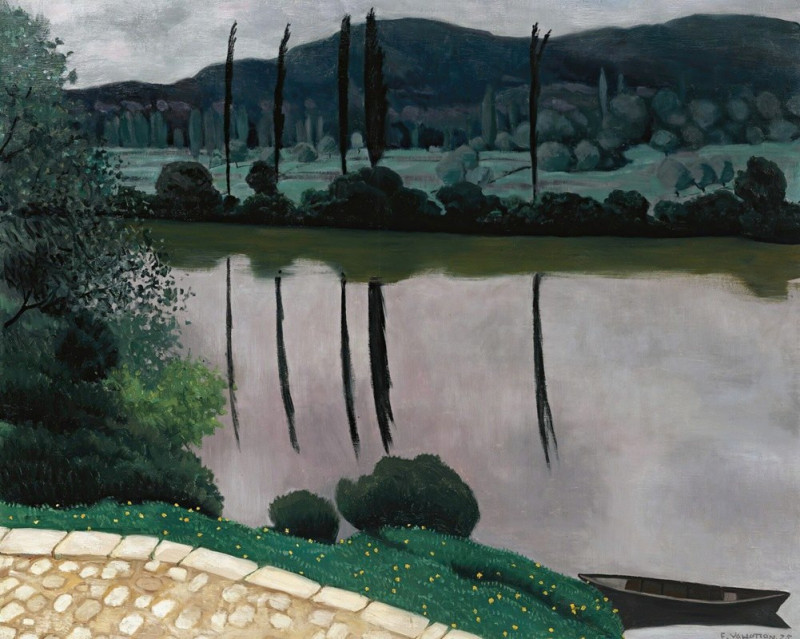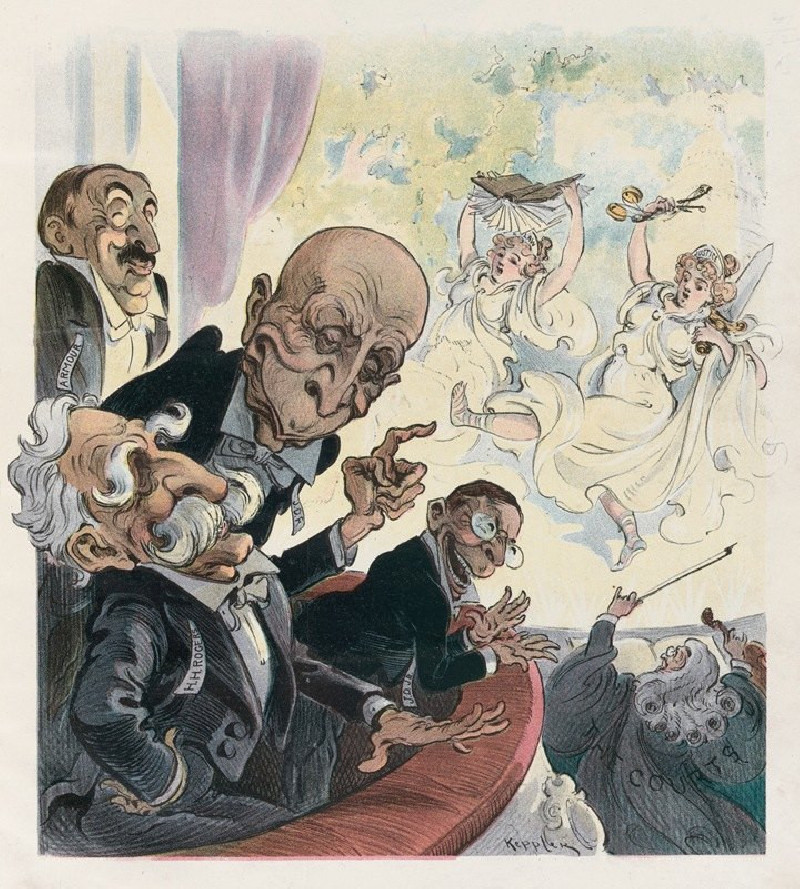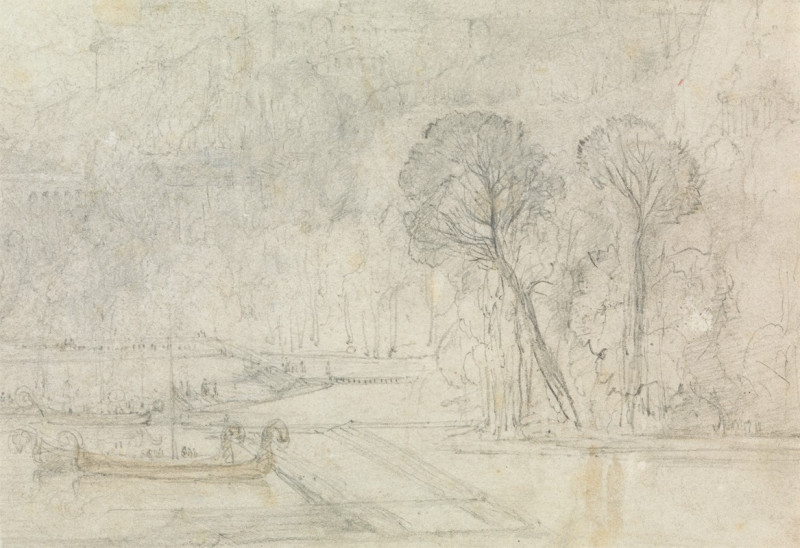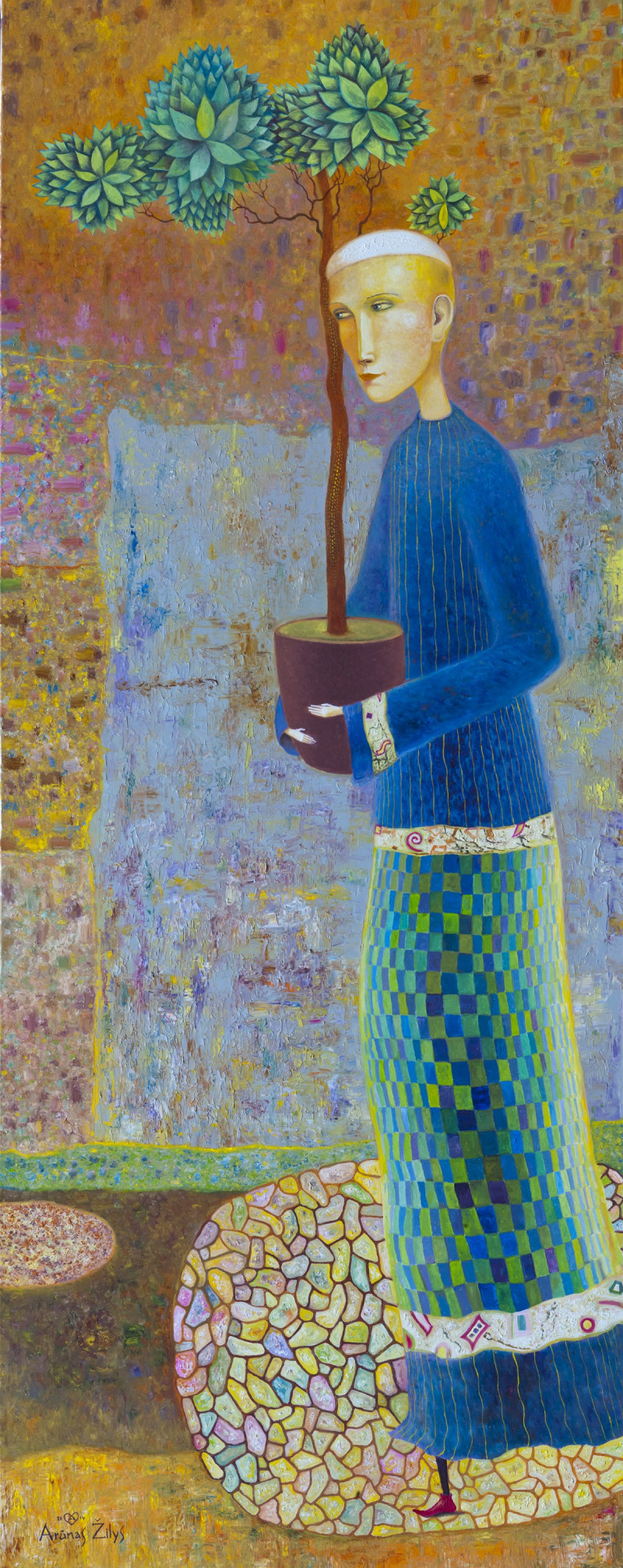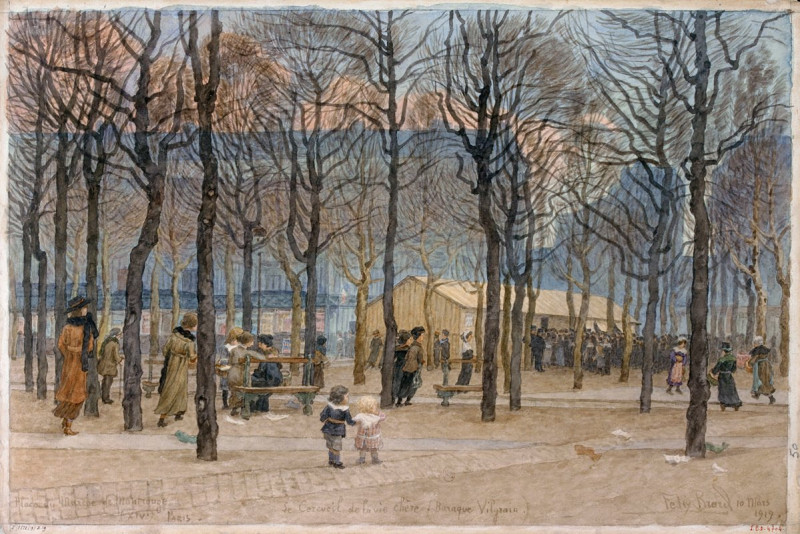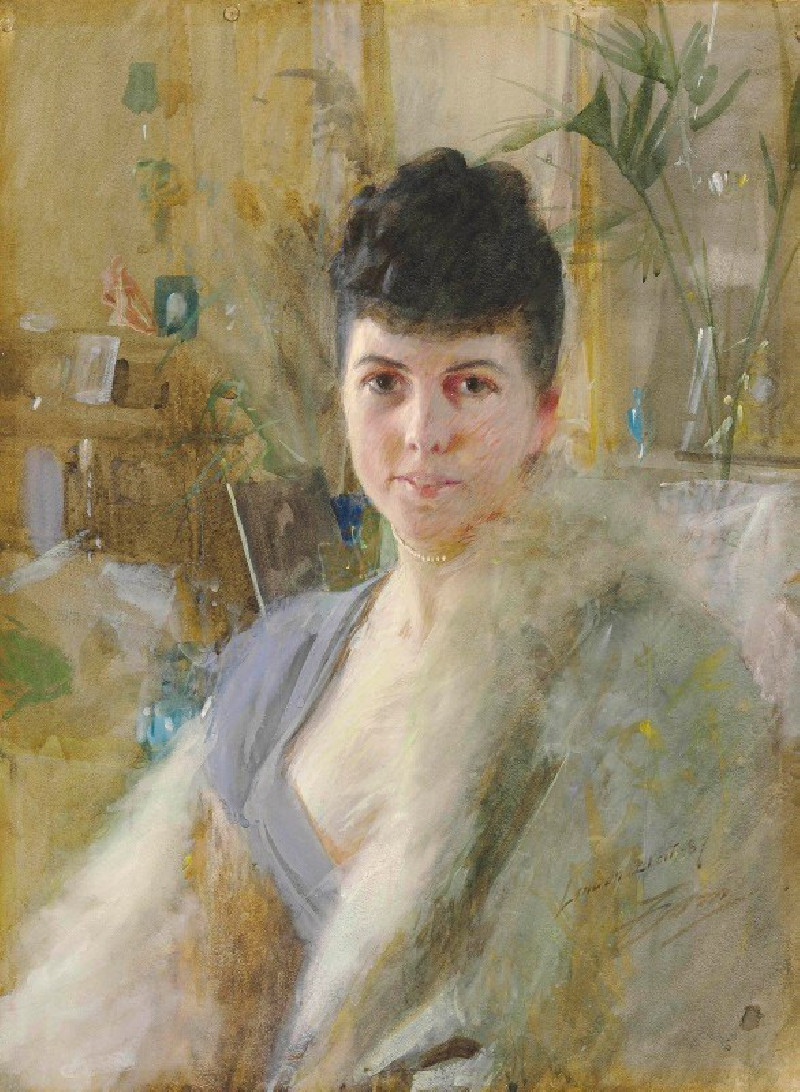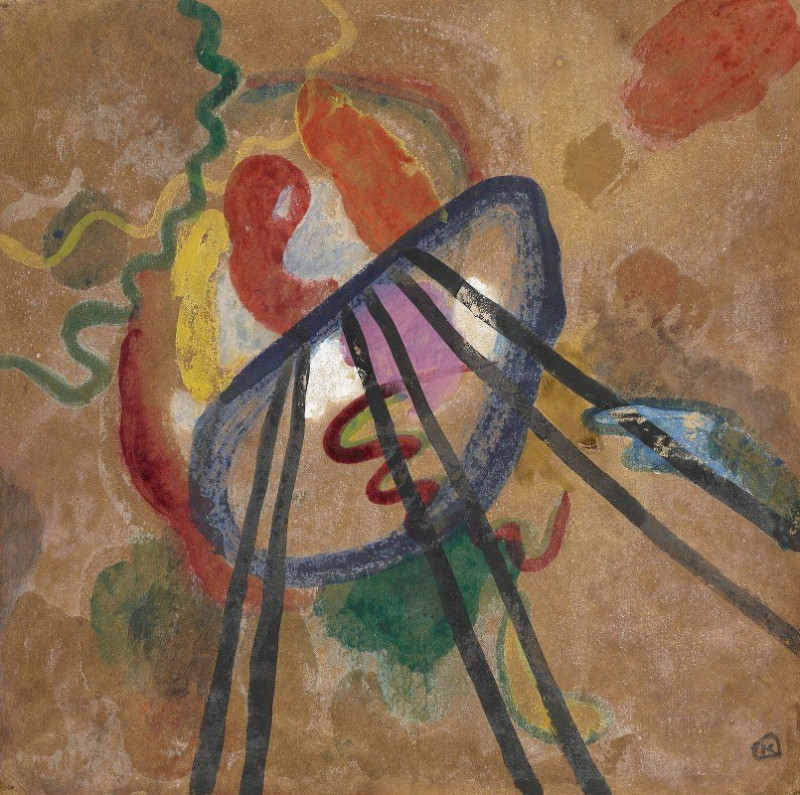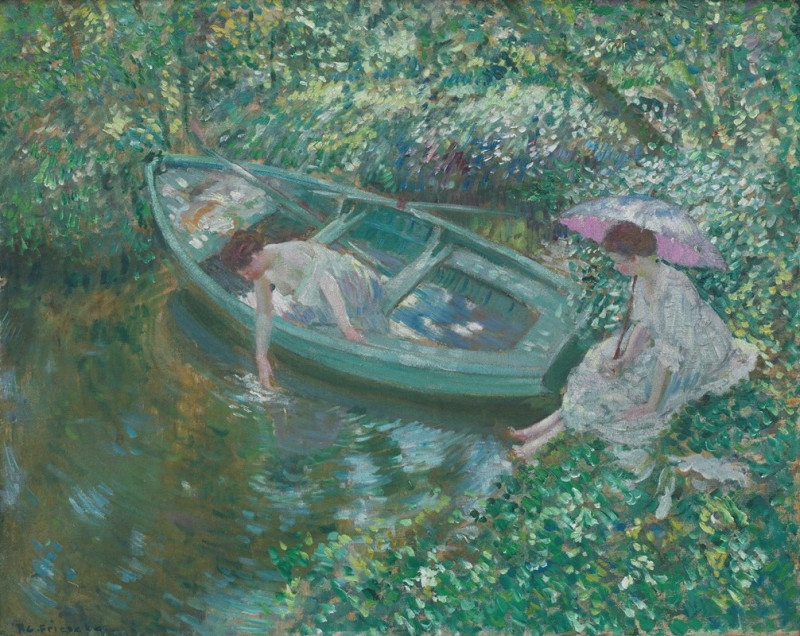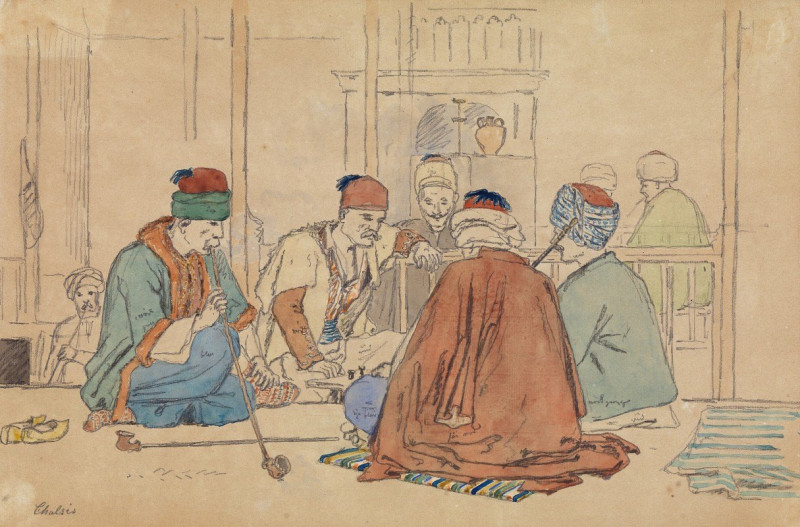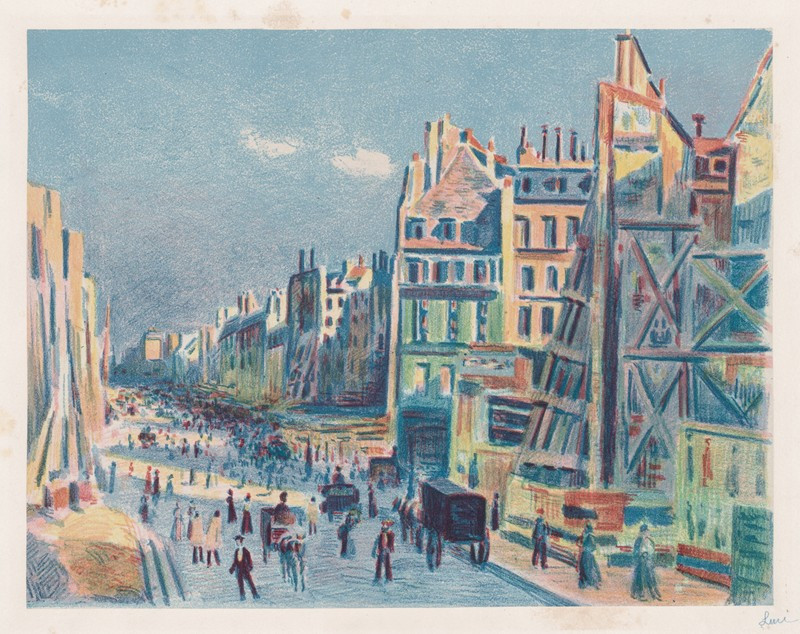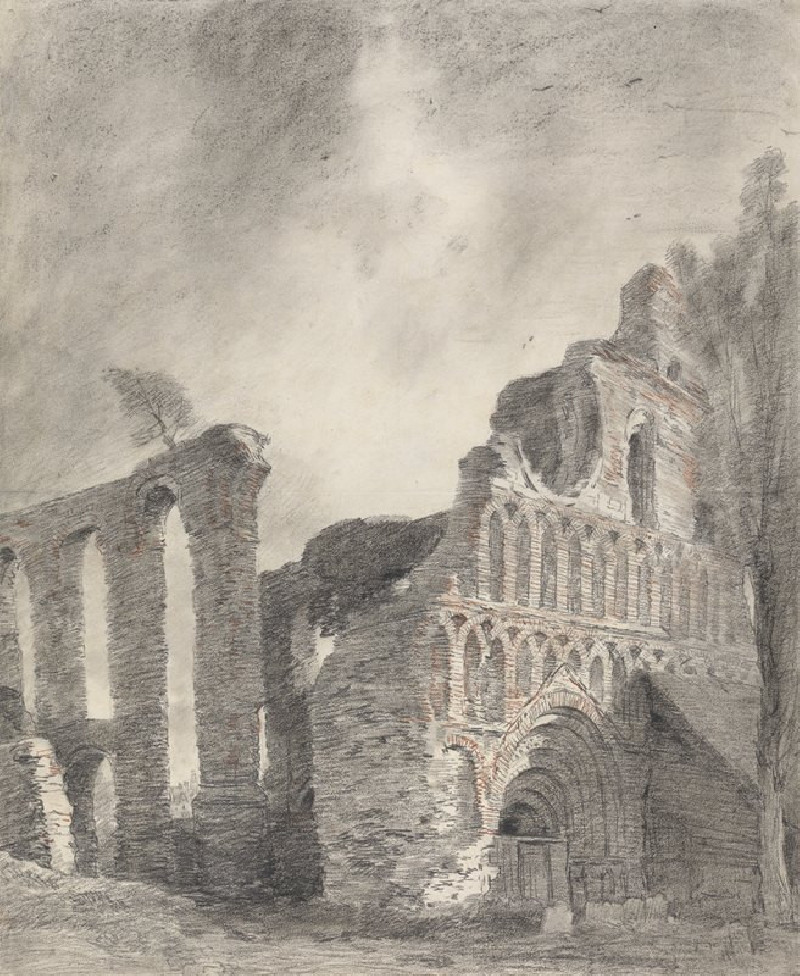Weymouth (ca. 1811)
Technique: Giclée quality print
Recommended by our customers
More about this artwork
1811)In the captivating seascape "Weymouth," the illustrious British artist Joseph Mallord William Turner captures a serene moment along the shores of Weymouth Bay. Known for his expressive colorizations and vibrant light portrayals, Turner’s work often reflects romantic elements, and this painting is no exception.The artwork furnishes a panoramic view of Weymouth, showcasing a vivid shoreline that curves gracefully around the bay. The eye is drawn to the calm, azure waters dotted with small boats and ship masts projecting skyward, suggesting a bustling port alive with maritime activity. In the foreground, various figures engage in seaside tasks—some attend to boats while others appear in groups, possibly sorting the catch of the day or mending nets. The soft sandy beach welcomes the gentle lapping of waves, enhancing the overall tranquility of the scene.Turner's use of light plays a crucial role in rendering the vast and dynamic sky, a typical hallmark of his style. The clouds are swept with strokes of white and blue, casting shadows and sunbeams that dynamically alter the mood and illumination of the landscape below. On the horizon, detailed architectural elements suggest a populated and developed waterfront, characteristic of early 19th-century British coastal towns."Weymouth" not only exemplifies Turner’s mastery in landscape painting but also serves as a historical glimpse into the life and atmosphere of Weymouth during this period. It invites viewers to experience a blend of natural beauty and human endeavor through Turner's eyes, making it a timeless piece for both art enthusiasts and historical scholars alike.
Delivery
Returns
Joseph Mallord William Turner RA, known in his time as William Turner, was an English Romantic painter, printmaker and watercolourist. He is known for his expressive colourisations, imaginative landscapes and turbulent, often violent marine paintings. He left behind more than 550 oil paintings, 2,000 watercolours, and 30,000 works on paper. He was championed by the leading English art critic John Ruskin from 1840, and is today regarded as having elevated landscape painting to an eminence rivalling history painting.

